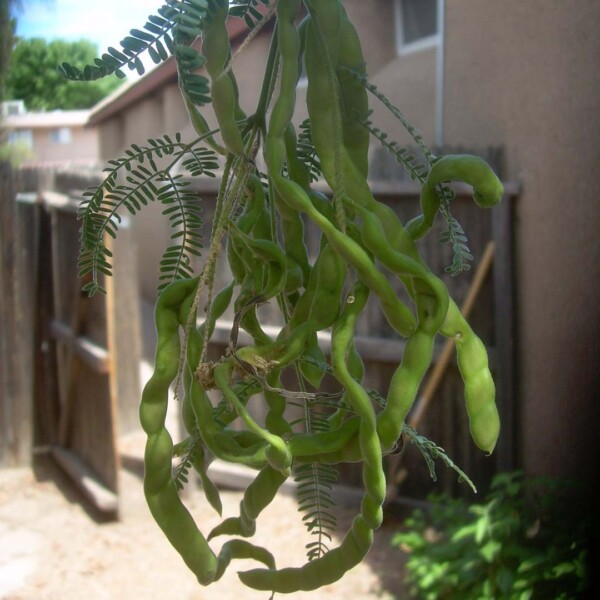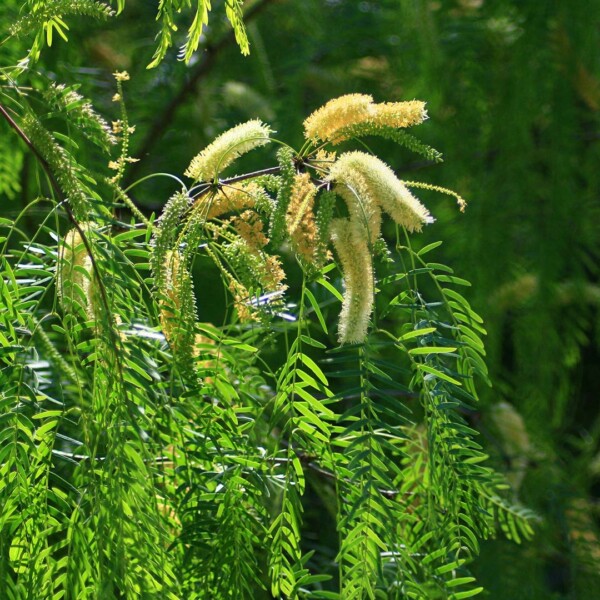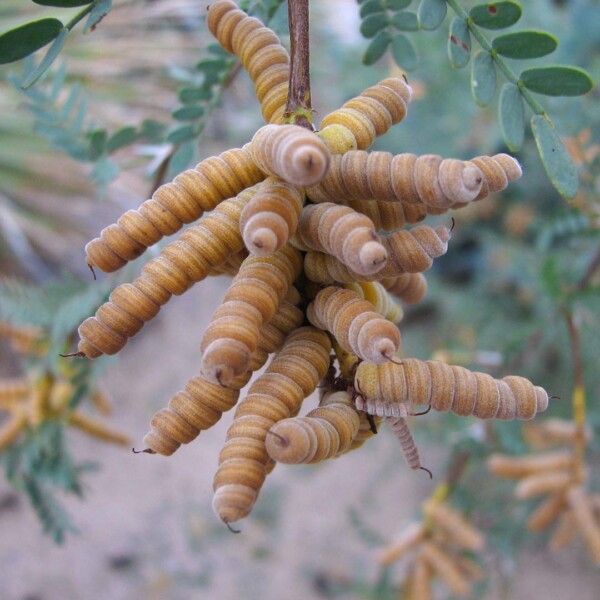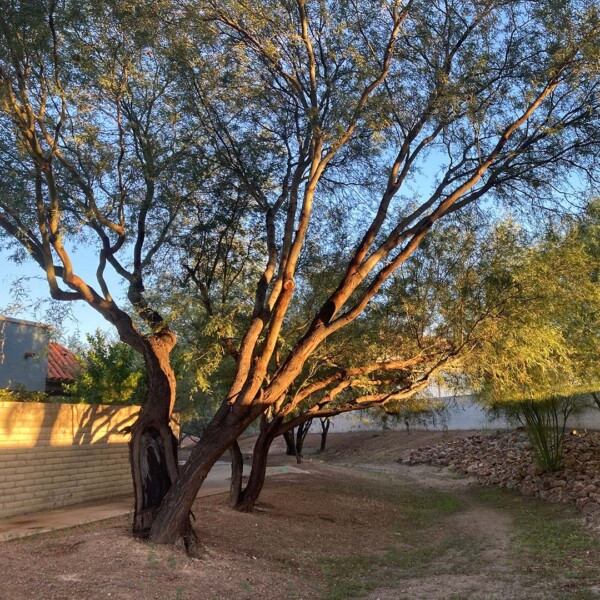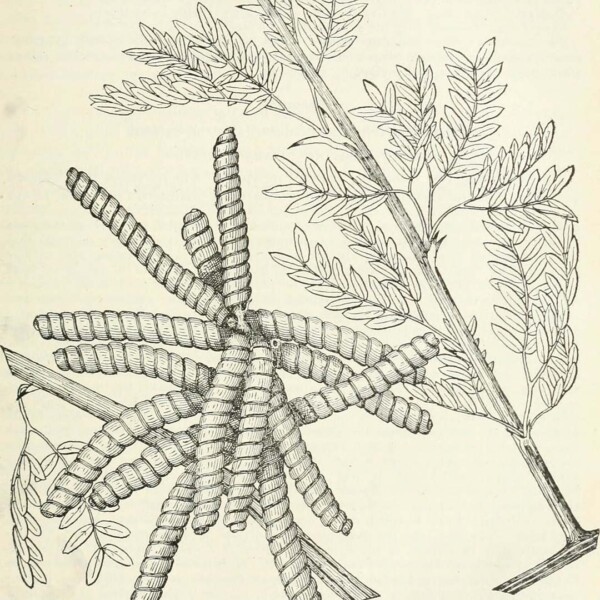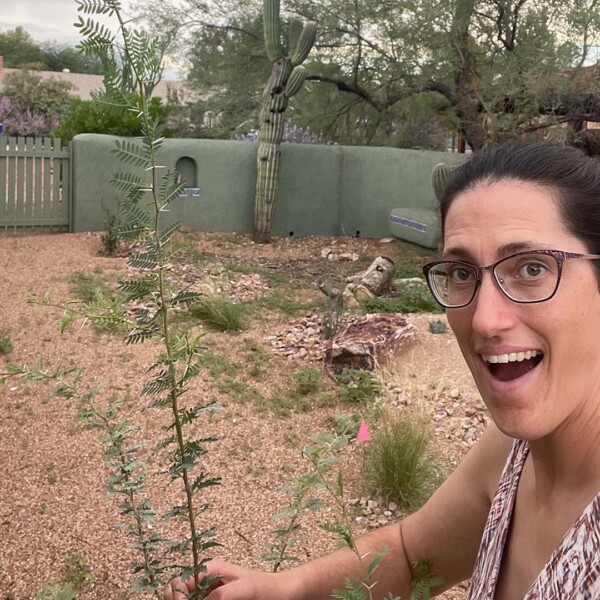If you live in the Sky Islands, you’ve likely seen anywhere from one to three of our local mesquite tree species — velvet mesquite, honey mesquite, and screwbean mesquite. They’re quite common throughout the region at mid- to low elevations. And if you’re like me, you’ve also probably learned their scientific names. They used to be grouped in the same genus: Prosopis.
There’s been quite a shakeup in the last month, however, as I learned from a recent social post by Tucson’s wonderful Spadefoot Nursery. Scientists announced that the genus Prosopis ought to be mostly dissolved. How could they do this, you might ask?
Recent advances in DNA sequencing and genetic testing have made it possible to discern small differences between mesquite species that were previously grouped using visual characteristics — like how the leaves were shaped or what kind of seeds they produced. Turns out, what scientists had previously grouped as Prosopis actually included at least three separate lineages. These types of changes happen more often than you might think.
This is an exciting time where we as a community are starting to use all the tools available to us to understand life on this planet. Name changes are occasionally difficult, particularly for ecologically and culturally rooted species like mesquites. (Velvet mesquites are celebrated as the “tree of life” in many parts of the Americas today, and mesquite seedpods are an important food source for people, livestock, and wildlife.) But while some folks might be sticking to old names out of habit, I’ll be over here trying to learn the new names of our beloved friends.
Velvet mesquite has become Neltuma velutina.
Honey mesquite has become Neltuma glandulosa.
Screwbean mesquite has become Strombocarpa pubescens.
And no, for any of you who were wondering, this name change will not affect your mesquite pancakes. Though they might just taste better knowing what you now know.
Sarah Truebe is Sky Island Alliance’s Habitat Conservation Manager and, among other things, runs our Spring Seeker project.


